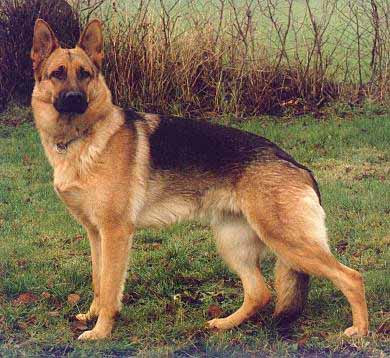 The Desert Tortoise is an herbivore that may attain a length of 9 to 15 inches in upper shell (carapace) length. The tortoise is able to live where ground temperatures may exceed 140 degrees F, because of its ability to dig underground burrows and escape the heat. At least 95% of its life is spent in burrows. There, it is also protected from freezing while dormant, November through February or March.
The Desert Tortoise is an herbivore that may attain a length of 9 to 15 inches in upper shell (carapace) length. The tortoise is able to live where ground temperatures may exceed 140 degrees F, because of its ability to dig underground burrows and escape the heat. At least 95% of its life is spent in burrows. There, it is also protected from freezing while dormant, November through February or March.Desert tortoises inhabit semi-arid grasslands, gravelly desert washes, canyon bottoms and rocky hillsides below 3,530 ft. Tortoises north and west of the Colorado River inhabit valleys and on alluvial fans. In the Sonoran Desert of Arizona, however, the tortoises tend to live on steep, rocky hillside slopes in Palo Verde and Saguaro Cactus communities.
The desert tortoise is able to live where ground temperatures may exceed 140 degrees F because of its ability to dig underground burrows to escape the heat. It is one of the most elusive inhabitants of the desert, spending up to 95% of its time under ground to escape the heat of the summer and the cold of winter. They live in burrows which they dig. These can be 3-6 feet deep. They will spend November through February in a torpid or dormant state in their underground burrows.
The desert tortoise is very sensitive to human disturbances, and this has led to the decimation of many of its populations throughout the desert southwest. Increased urban development in the deserts of California and other states have fragmented and reduced suitable habitat. Certain fatal diseases appear to be spreading among tortoise populations. Poaching, the use of off-highway vehicles within tortoise habitat and crushing by automobiles have also continued to threaten tortoise populations.
Desert Tortoise
Desert Tortoise
Desert Tortoise
Desert Tortoise
Desert Tortoise
Desert Tortoise
Desert Tortoise


















































